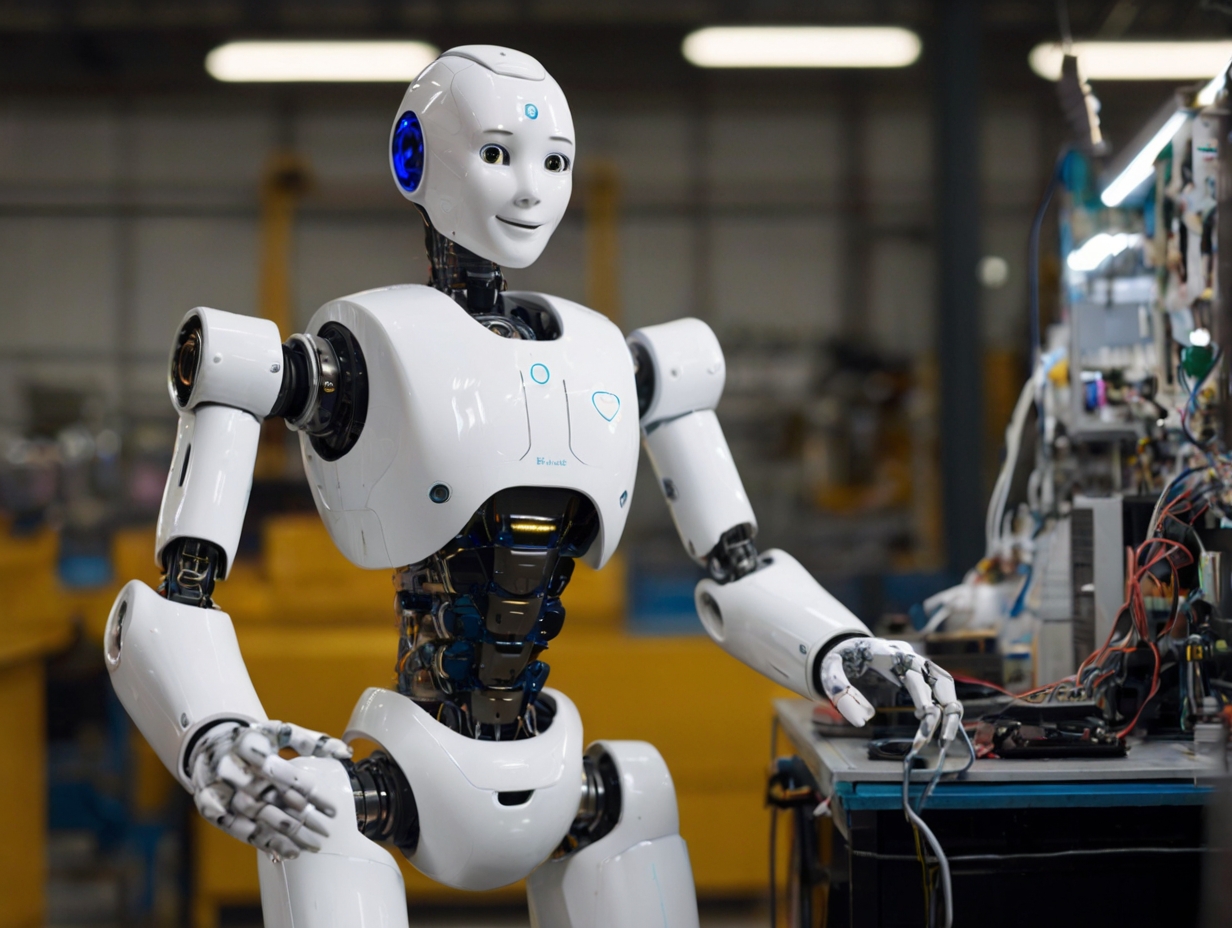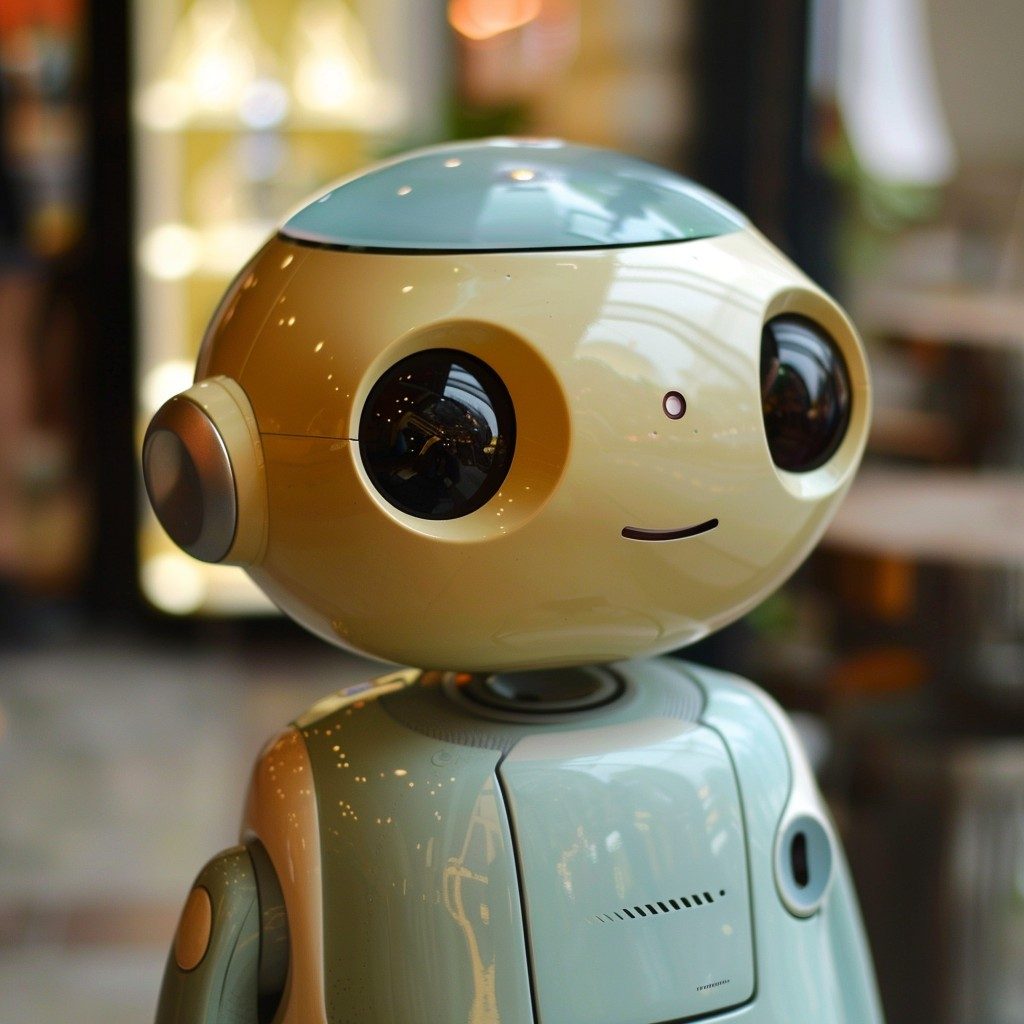The Institute of Automation, Chinese Academy of Sciences (CASIA), has set a new milestone in robotics with the public debut of several prototypes from its “Q family” of humanoid robots.
These cutting-edge robots, showcased last month in Beijing, mark a significant leap forward in the realm of artificial intelligence (AI) and robotics, with diverse applications spanning various industries.
Versatile prototypes redefining humanoid robotics
The “Q family” humanoid robots, developed under the leadership of Qiao Hong, an academic at CAS and director of the state key laboratory of multimodal artificial intelligence systems, encompass a range of configurations, each tailored to specific functions and characteristics.
Among these prototypes, the “Q1” robot stands out with its high-dynamic capabilities, demonstrating the ability to receive instructions and execute tasks with precision.
During a demonstration witnessed by China Media Group (CMG), Chen Meng, a senior engineer at CASIA, illustrated the advanced capabilities of the Q1 robot. Equipped with large language models (LLMs) and powered by visual recognition technology, the robot showcased its adeptness at logical reasoning, seamlessly identifying and selecting items based on verbal commands.
Moreover, the Q1 robot exhibited remarkable dexterity by successfully shooting arrows, a feat previously considered challenging for robots.
AI-supported manufacturing revolutionizes robot production
Central to the development of these groundbreaking robots is the innovative approach adopted by CASIA’s research team, characterized by the establishment of an AI-powered “big factory.” Spearheaded by Qiao Hong, the factory streamlines the design and assembly process, leveraging AI technologies to expedite prototyping and customization.
By defining application scenarios and tasks, researchers can harness the factory’s capabilities to automatically generate optimal designs, both in terms of hardware and software.
By intricately defining application scenarios and tasks, researchers can tap into the factory’s AI prowess to automatically generate optimal designs for both hardware and software components. This transformative methodology has significantly slashed the traditional research and development period, propelling rapid advancements in humanoid robotics.
Pioneering progress towards practical applications
The unveiling of the “Q family” humanoid robots underscores China’s commitment to advancing the field of robotics and fostering innovation across various sectors. With an emphasis on high performance, affordability, and scalability, researchers are poised to overcome key challenges hindering widespread adoption.
To realize the full potential of humanoid robots, efforts are underway to bolster their consistency and integrate seamless software and hardware solutions. By optimizing cost-effectiveness, researchers aim to make these robots accessible to a wider audience, catalyzing their integration into everyday life.
The strategic initiatives outlined by the Ministry of Industry and Information Technology underscore China’s commitment to establishing an innovative ecosystem for humanoid robots. With a clear roadmap and collaborative efforts, China is poised to lead the charge toward a globally competitive landscape in robotics by 2027.
A New Era of robotics beckons
As China accelerates the industrialization of humanoid robots, the emergence of the “Q family” prototypes heralds a new era of innovation and possibility. With their unparalleled versatility and AI-driven capabilities, these robots are poised to revolutionize industries ranging from manufacturing to healthcare, ushering in a future where human-robot collaboration is not just a concept but a reality.
In the quest for technological excellence and economic competitiveness, China remains at the forefront of robotics innovation, setting a precedent for global advancements in AI and automation.
As the “Q family” humanoid robots continue to evolve and proliferate, they represent not just a triumph of engineering but a testament to the boundless potential of human ingenuity.





